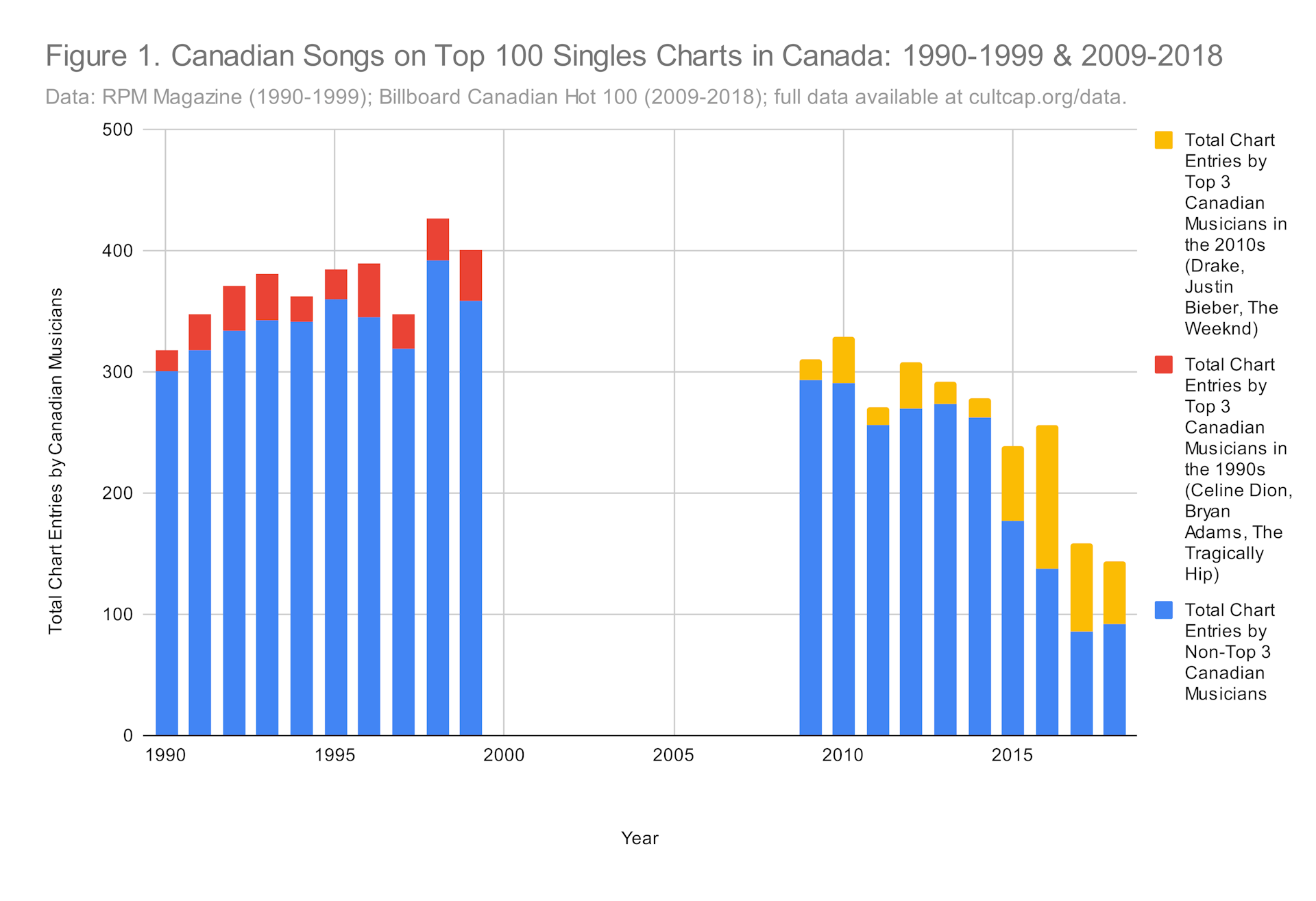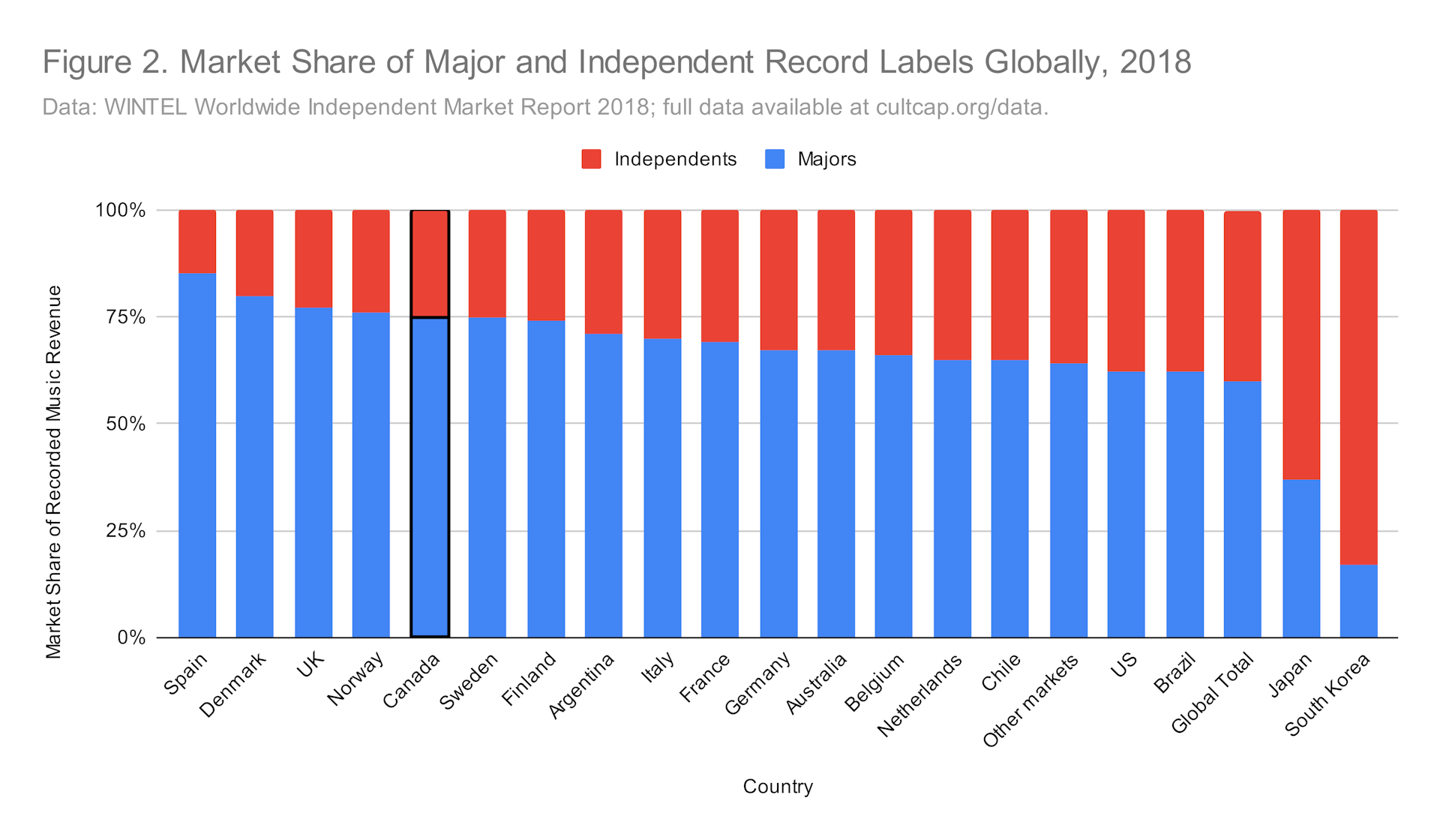Recently, Neil Young and Joni Mitchell removed their music from Spotify to protest the COVID-19 misinformation on Joe Rogan’s podcast. Many artists expressed desire to join the protest, but didn’t have the rights to their own music.
This is the latest scandal in a long history of dissatisfaction with the platform, something academics have examined in the context of the rise of streaming services alongside changes in the recording industry and musical cultures in the digital age.
At the end of 2021, the Union of Musicians and Allied Workers garnered 30,000 musicians’ signatures on a petition calling on Spotify to fairly compensate, credit and respect musicians.
Our research group interviewed 17 musicians in Edmonton and Winnipeg in late 2019. We also examined data on market consolidation — how companies have grown, merged and suppressed competition in ways that reward the most profitable companies and artists — to study the effect that big players like Spotify are having on musicians. We learned how the broader ecosystem of music needs to change.
Independent musicians
The streaming age has been hard on independent musicians. In 2020, analytics company Alpha Data examined data based on 1.6 million artists who released music to streaming services and found 90 per cent of plays were generated by one per cent of artists.
There was a clear drop in most musicians’ income based on live music between the early ‘80s and recent years — even before the pandemic interrupted touring. In 1982, the bottom 95 per cent of musicians earning income from live music had 38 per cent of the live music market. By 2017, their market share dwindled to 15 per cent. Conversely, by the same time, the top five per cent of live music earners had increased their market share.
Our analysis of top charting songs in Canada found a significant decline in the total number of chart entries by Canadian musicians. We also found that the top three musicians have commanded a higher percentage of entries in recent years.

This inequality isn’t just happening at the artist level. While Spotify attracts its fair share of the blame, due to tiny payouts to smaller artists and algorithms that promote superstars, consolidation is everywhere.
Platforms like Apple Music and Amazon use the same payment system that favours big labels and their extensive catalogues of artists and rights.
The “Big Three” labels (Sony, Warner, Universal) have bought out smaller ones, increasing market share and reducing competition. Live concerts are dominated by LiveNation/Ticketmaster, and a handful of companies dominate radio. Meanwhile, predatory hedge funds are turning song rights into speculative assets. As a result of this consolidation and vertical integration, Canada has one of the smallest shares of independent labels in the world.

This consolidation has been great for corporations and superstar musicians, but devastating for average musicians. A report from Hill Strategies Research, a company specializing in arts and culture research, notes that in 2016 the median income of Canadian musician and singers was just $17,900, and there are racialized and gendered inequities in artists’ incomes.
Based on our interviews and data, we recommend the following three priority areas for reform:
1. Introduce policy to bolster independent music
One inspiration is how some current structures do bolster independent artists. The non-profit campus-community radio sector is regulated to program local and varied music. And, under the Canadian Content Development model, larger-revenue earning stations must allocate some radio revenue towards supporting grant programs from FACTOR (a non-profit organization that provides assistance towards growing and developing the Canadian music industry) and the Community Radio Fund of Canada.
Large entertainment venues could similarly contribute to funds that support smaller non-profit music venues — particularly if a large complex has received public funds.
Right now, streaming platforms like Spotify promote playlists which generate more plays for artists. It’s increasingly important for artists to be included on playlists if they are to generate high streaming numbers.
We suggest regulations that mandate a wider variety of Canadian artists on playlists for major streaming companies operating in Canada. There is much debate as to how this can play out. Nevertheless, algorithmic bias towards mostly corporate content already exists. It’s time to consider how to effectively implement local, regional and diversity mandates.
2. Sustained funding for artists
As multinational companies dominate the industry, government support through grant money is vital.
Some interviewees described how provincial music organizations, like Alberta Music and Manitoba Music help artists navigate their careers or find funding.
But some barriers were noted. One Indigenous artist (who wished to be anonymous) described how they perceived important changes with funding streams supporting Indigenous artists, but noted that provincial bodies were slow to take up specific supports accessible to Indigenous people.
We encourage increased funding at the municipal, provincial and federal levels, and increased attentiveness to how Indigenous and marginalized artists can access this. The metrics used to determine how artists qualify for grants, and submission requirements, should be continually restructured to allow for a wider diversity of artists to receive support.
Musicians shared ideas about how to reform the granting process, like having more grants that cover living expenses. Even bolder, this patchwork of government funding initiatives could be replaced with a universal basic income (UBI) for working musicians.
3. Shift toward a community-based, care-informed model
Many interviewees felt the profit-based culture of music increasingly stifled creativity. Many artists highlighted a desire to prioritize creating a community of care and vibrant musical cultures — despite the fact that funding stuctures don’t necessarily value this.
Winnipeg singer-songwriter Greg MacPherson, co-owner of indie record label Disintegration Records, suggested that Canada needs to “step back from the notion that commercial viability is the best way to achieve our collective goals” of supporting vibrant musical cultures.
Hip hop artist Arlo Maverick reflected on being an advocate for mentorship to ensure younger or emerging artists gain knowledge about opportunities to grow their careers.
Public, non-profit alternative approaches to streaming should be considered. One example by Capital City Records, a digital music collection hosted and managed by the Edmonton Public Library, provides local artists with an honorarium if their album is selected as part of a growing curated collection. Artists retain their rights. Music can be downloaded by members with a library card, or anyone can stream online.
Why not imagine what could happen if more libraries in Canada provided similar local streaming services?
As we heard from Winnipeg songwriter John K. Samson of The Weakerthans and Propagandhi, unless something emerges to challenge the status quo, it’s reasonable to expect even more narrowing of who can create a living as a musician.
Written by Brian Fauteux, Associate Professor Popular Music and Media Studies, University of Alberta; Andrew deWaard, Assistant Professor, Media and Popular Culture, Department of Communications, University of California San Diego, and Brianne Selman, Scholarly Communications & Copyright Librarian, University of Winnipeg
This article is republished from The Conversation under a Creative Commons license. Read the original article.
![]()




